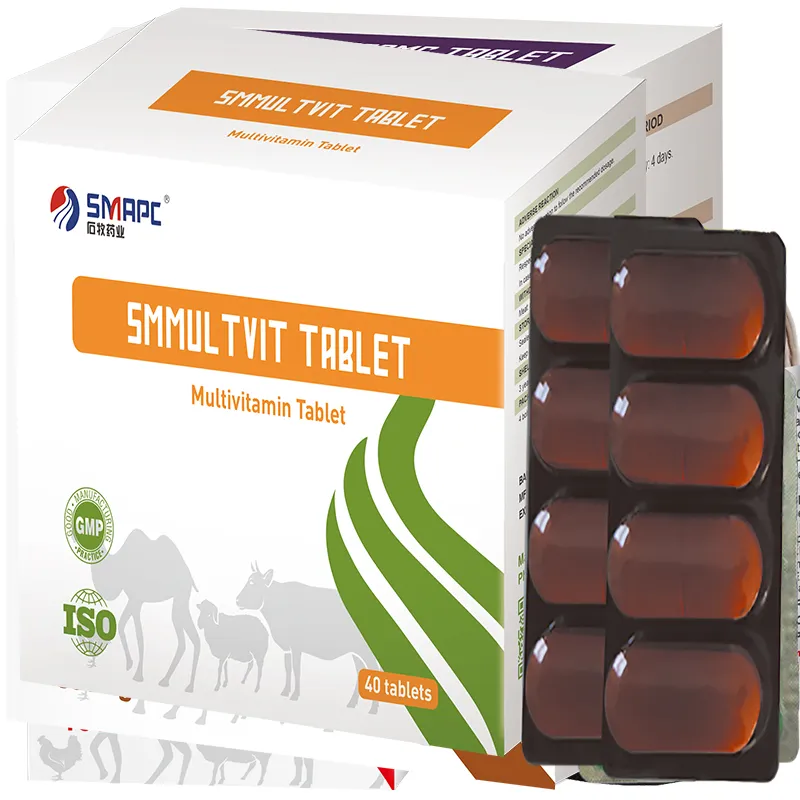Over-the-counter pain relief options can play an important role in maintaining the comfort and well-being of horses. From NSAIDs to topical treatments and herbal remedies, there are various choices to suit different needs. However, the ultimate goal is to alleviate pain while ensuring the horse's overall health remains a priority. With responsible use and veterinary support, horse owners can help their equine companions lead happier, more comfortable lives.





